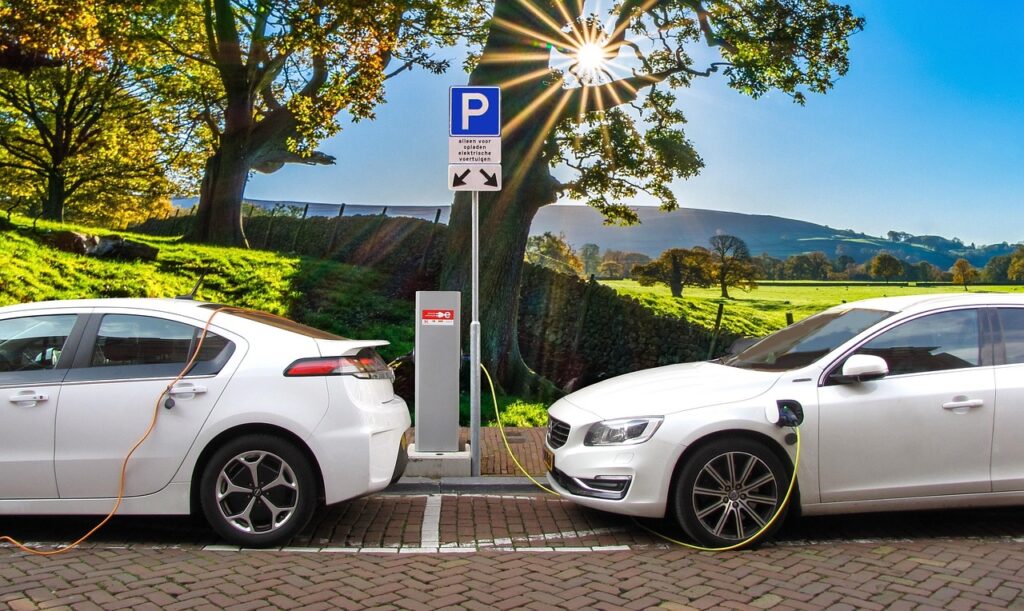Canada’s automotive industry is undergoing a shift. With the government pausing its mandatory EV sales targets and offering tariff relief to automakers, uncertainty surrounds the cost of vehicles, repairs, and long-term ownership. For Canadian drivers, this means repair bills could remain unpredictable, and protecting yourself financially has never been more important.
In this article, we’ll explore what these policy changes mean, how they affect car repair costs, and why an extended auto warranty in Canada is a practical safety net for drivers navigating today’s market.
Canada’s EV Mandate and Tariff Aid Explained
The Canadian government has recently announced a pause on its aggressive zero-emission vehicle (ZEV) sales targets. At the same time, it’s offering financial support to automakers facing rising U.S. tariffs on steel, aluminum, and other automotive components.
While these measures are designed to stabilize the industry, they also introduce volatility into repair and replacement costs for Canadian consumers.
In short:
- Automakers get relief from steep compliance costs on EV mandates.
- Tariff aid helps offset the impact of U.S. trade pressures.
- Consumers still face higher-than-average repair bills due to supply chain costs and advanced vehicle technology.
How This Affects Canadian Drivers
For everyday drivers, these shifts can translate into higher repair and ownership costs. Here’s why:
- Tariffs drive up parts prices: Even with aid, many imported parts cost more than before.
- EV adoption is uncertain: With fewer mandates, EV sales may slow, which could increase the cost of maintaining specialized EV components.
- Repair shops face rising expenses: Labor and parts costs filter down to customers.
- Resale values fluctuate: Uncertainty about EV mandates and tariffs can make resale markets unpredictable.
Repair Costs Before vs. After Tariff Impacts
To put things in perspective, here’s a look at how tariffs and policy changes can affect common vehicle repairs:
| Repair Item | Average Cost Before Tariffs | Average Cost After Tariffs |
|---|---|---|
| Brake System Replacement | $1,200 | $1,500+ |
| Transmission Repair | $3,000 | $3,800+ |
| EV Battery Replacement | $12,000 | $15,000+ |
Maintenance Checklist: Protecting Your Car Against Rising Costs
While you can’t control tariffs or policy changes, you can minimize risks with proactive maintenance. Here’s a simple checklist for Canadian drivers:
| Maintenance Task | Recommended Interval | Key Benefit |
|---|---|---|
| Oil and Filter Change | Every 5,000–8,000 km | Protects engine and prevents premature wear |
| Tire Rotation & Alignment | Every 10,000 km | Improves safety and reduces replacement costs |
| Brake Inspection | Every 20,000 km | Ensures reliability and safety |
| Battery Health Check (EV/Hybrid) | Annually | Extends battery life and prevents costly replacements |
Why Extended Warranties Are More Valuable Than Ever
Preventive maintenance is critical, but it won’t shield you from sudden, costly repairs driven by tariffs or advanced technology. That’s where an extended auto warranty in Canada comes in.
With A-Protect Warranty, you benefit from:
- Financial Protection: Coverage against unexpected high-cost repairs.
- Predictable Expenses: Peace of mind with consistent payments.
- Resale Value: Transferable coverage adds confidence for future buyers.
- Nationwide Network: Certified repair shops across Canada.
Repair Scenarios: With vs Without Extended Warranty
| Repair Scenario | Without Warranty | With A-Protect Warranty |
|---|---|---|
| Transmission Replacement | $3,800+ | $0 (after deductible) |
| EV Battery Replacement | $15,000+ | $0 (after deductible) |
| Advanced Sensor Repair (ADAS) | $2,500+ | $0 (after deductible) |
Who Benefits Most from Extended Warranties?
- Drivers of vehicles older than 3 years or out of factory warranty.
- Owners of EVs or hybrids facing costly battery repairs.
- Canadians concerned about tariffs and supply chain costs.
- Luxury car owners with high-end components.
- Anyone who wants predictable repair costs and peace of mind.
Conclusion: Protecting Yourself in Uncertain Times
The pause on Canada’s EV mandate and the introduction of tariff aid may give automakers relief, but for drivers, the financial unpredictability remains. Repair costs are still climbing, and the risk of sudden, expensive failures hasn’t gone away.
That’s why an extended warranty with A-Protect Warranty is a smart decision. It provides stability, security, and confidence in an unpredictable market.



